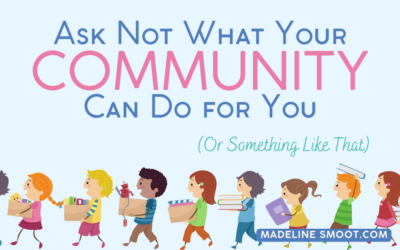I need you to ask yourself a question: why does my character in my children’s book act the way they do?
Because if you don’t know this, then I need you to go figure it out.
Put yourself in their shoes and look deep. A part of you is actually in every character, so you have something in common. If you were in their shoes, at that age, given their personality and backstory – what would you want and why?
You see, characters don’t just do things on a whim (or more specifically on your whim), even if it appears that way. Just like real people, characters in children’s books have reasons for the things they do. In other words, they have motivations.
And as a reader, we need to see those motivations. I mean, it’s great that you know what they are as the author, but it’s equally important for us readers to know them too.
But why?
- Because motivations add richness and complexity to your work.
- They keep your characters from looking like they’re only doing something because it’s convenient for the story.
- And they make your story feel real, more real than having stock characters do stock things.
I know I harp on motivation (especially for antagonists) a lot, but that’s just how important it is both for your specific story and your overall writing.
In short, figure out what makes your characters tick. And then make it hard for them to get it to keep your readers engaged!






